
President-elect Donald J. Trump on Monday will begin issuing a barrage of executive orders including major steps to crack down on immigration and dismantle diversity initiatives in the federal government, his team told reporters, kicking off his presidency with a muscular use of power intended to signal a sharp reversal from existing policies.
Mr. Trump will also act unilaterally to end electric vehicle mandates passed by the Biden administration, walk back protections for transgender students and suspend refugee resettlement for at least four months, they said.
The flurry of executive actions is an effort to roll back of many of President Biden’s most significant domestic policies, primarily on climate and immigration, while also reimposing a Trump agenda that would launch drilling and mining on natural resources and fundamentally upend the United States’ global role as a sanctuary for refugees and immigrants.
Mr. Trump has promised a burst of action once he takes office this afternoon. At a dinner with donors on Sunday night, Mr. Trump said that “within hours of taking office, I will sign dozens of executive orders — close to 100, in fact.” It is unclear if Mr. Trump will sign all of the directives on Monday afternoon, or if more are expected to follow in the coming days.
Some of the orders he will sign will be challenged in court and others will be largely symbolic. But taken together, they will amount to a sharp turn in direction after the Biden administration, an effort to begin to make good on his campaign promises and initial steps toward breaking what he and his aides see as a “deep state” effort to thwart his agenda.
Top advisers briefed reporters on many of them. Here are some of the major elements.
Immigration and the Border
-
Close the border to asylum-seeking migrants and end asylum and birthright citizenship. The president cannot change the Constitution on his own, so it’s not yet clear how Trump plans to end the guarantee of citizenship for those born in the United States, which is in the 14th Amendment.
-
Involve the U.S. military in border security. This would draw immediate legal challenges because of the strict limits in American law for how the armed forces can be deployed inside the country.
-
Declare migrant crossings along the U.S.-Mexico border to be a national emergency, which would allow Mr. Trump to unilaterally unlock federal funding for border wall construction, without approval from Congress, for stricter enforcement efforts.
-
Designate drug cartels as “global terrorists.”
Federal Work Force
Gender and Diversity, Equity and Inclusion Initiatives
-
Establish biological sex definitions for federal workers and as part of revised Title IX guidance to schools
-
Remove protections for transgender people in federal prisons.
-
Remove protections for transgender migrants in U.S. custody.
Tariffs and Trade
-
Direct federal agencies to begin an investigation into trade practices, including trade deficits, unfair currency practices, counterfeit goods and a special exemption that allows low-value goods to come into the United States tariff free.
-
Assess China’s compliance with a trade deal Mr. Trump signed in 2020, as well as the United States-Mexico-Canada Agreement, which Trump signed in 2020 to replace the North American Free Trade Agreement.
-
Order the government to assess the feasibility of creating an “External Revenue Service” to collect tariffs and duties.
Energy and the Environment
-
Declare a national energy emergency, which could allow him to unlock powers to speed permitting for pipelines and power plants..
-
Order the federal government to roll back regulations that impede domestic energy production.
-
Signal an intention to loosen the limits on tailpipe pollution and fuel economy standards.
-
Roll back energy-efficiency regulations for dishwashers, shower heads and gas stoves.
-
Open the Alaska wilderness to more oil and gas drilling.
-
Eliminate environmental justice programs across the government, which are aimed at protecting poor communities from excess pollution.
Delaying the ban on TikTok
Mr. Trump vowed early Sunday to issue an executive order to give ByteDance, TikTok’s Chinese owner, more time to make a sale and satisfy a law that would ban it in the United States. The incoming White House officials previewing Mr. Trump’s executive actions on Monday did not address any executive action on the app.
Erica L. Green, Ana Swanson Hamed Aleaziz, Lisa Friedman and Brad Plumer contributed reporting.

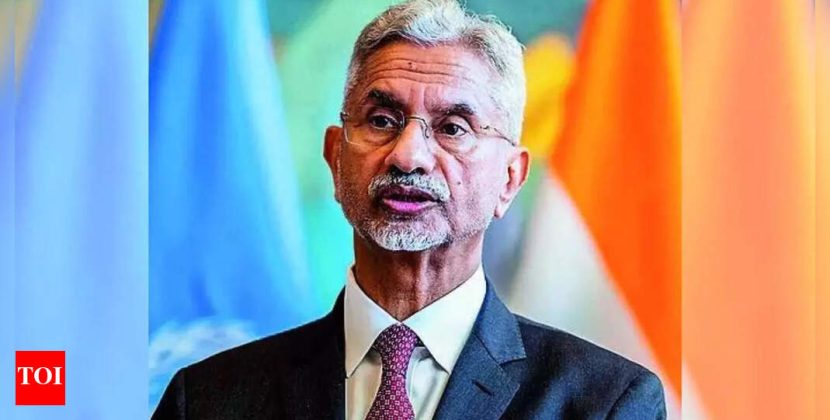
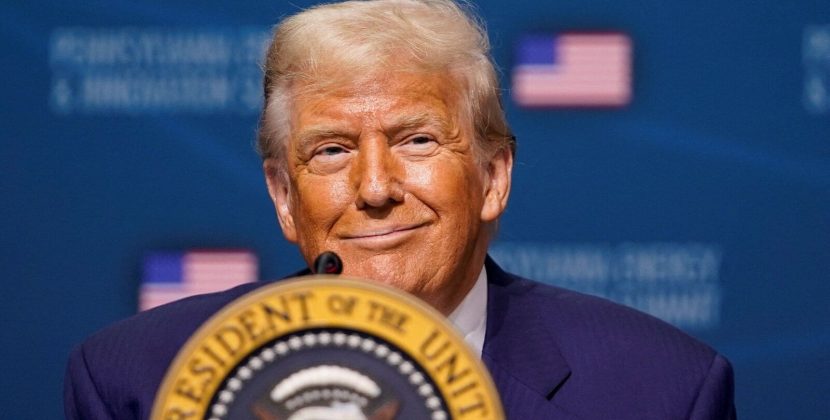





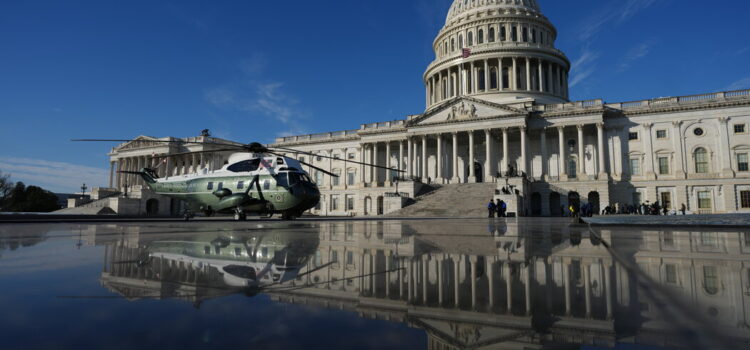
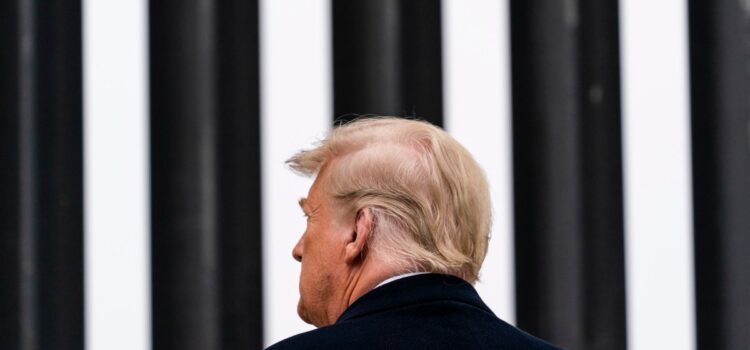
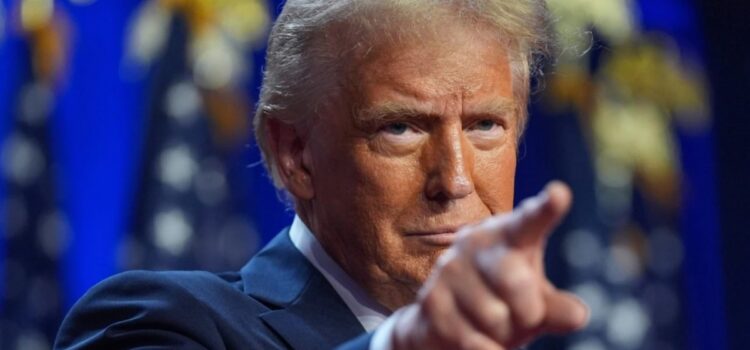
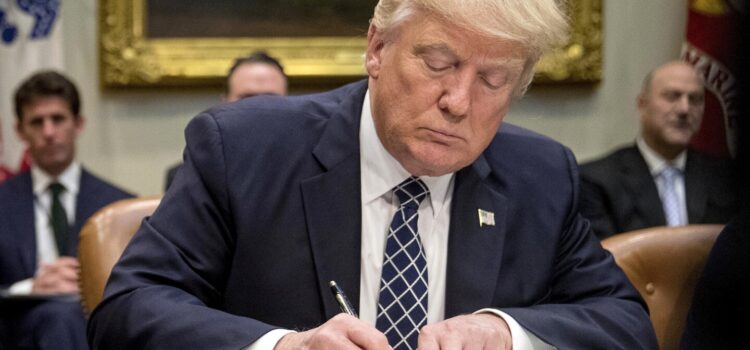








Comments